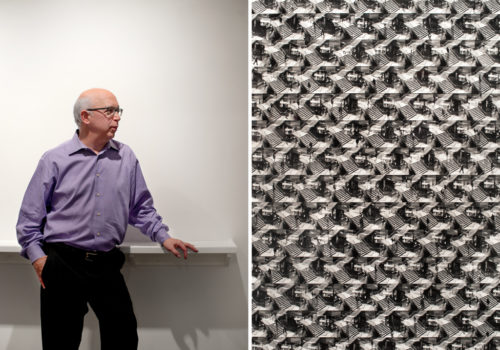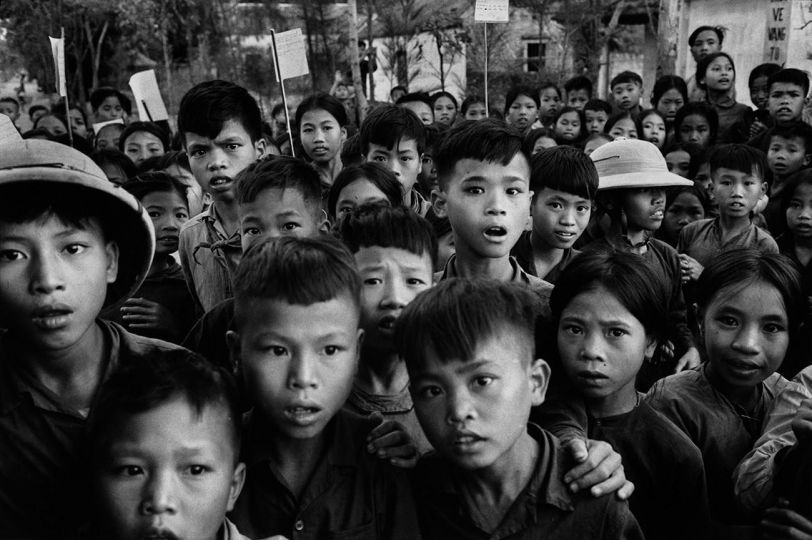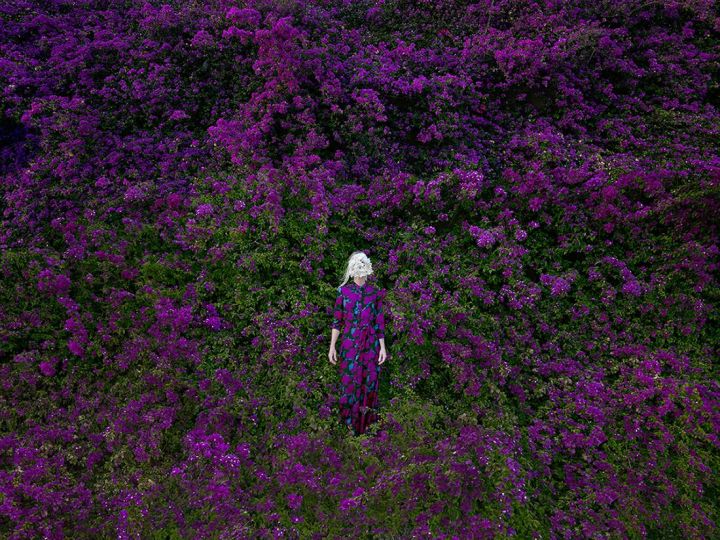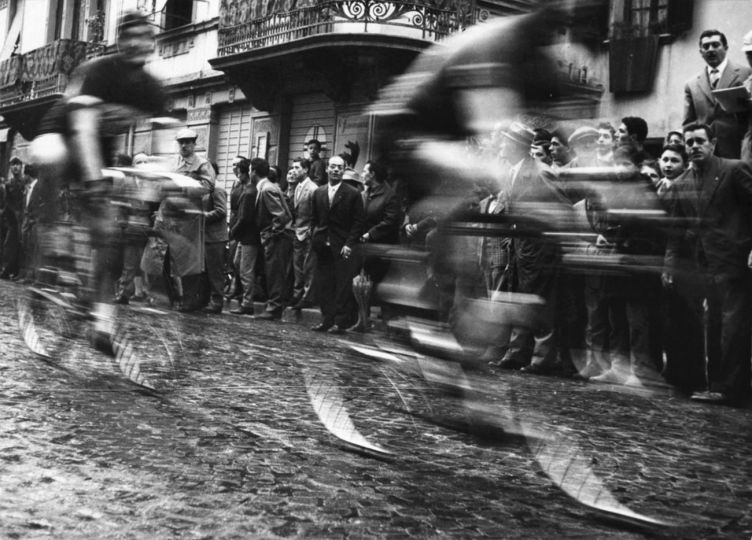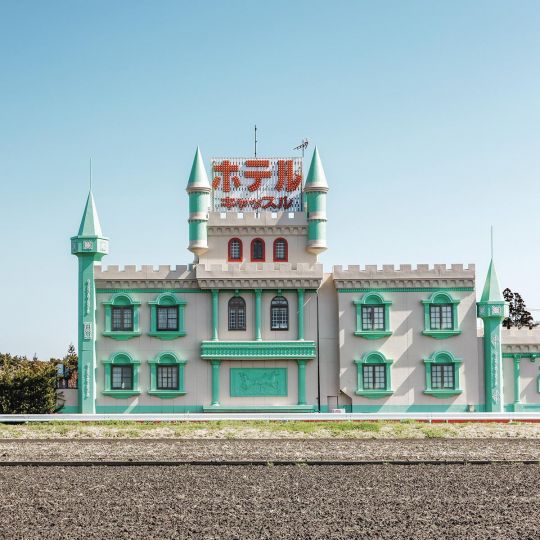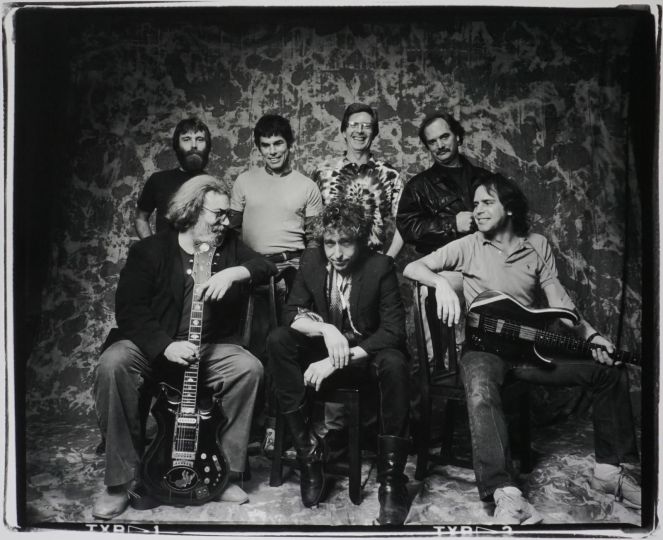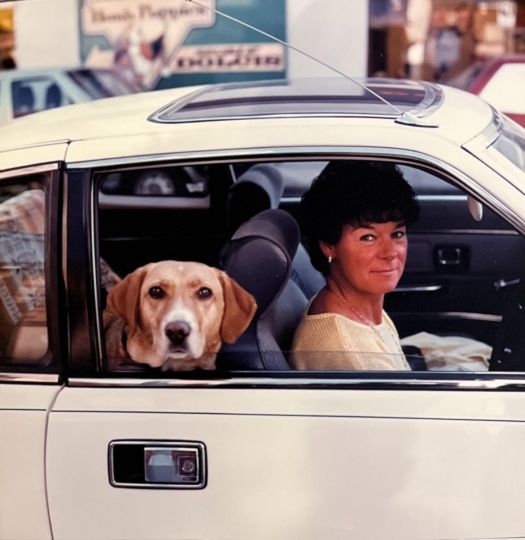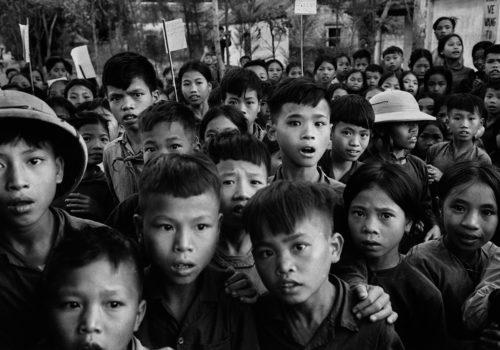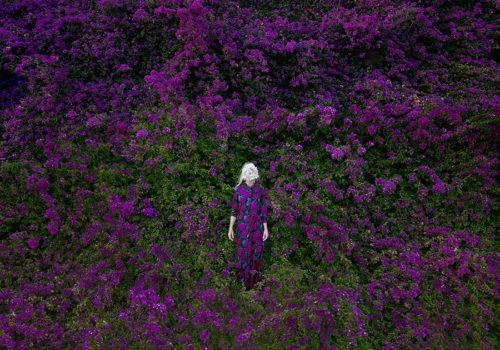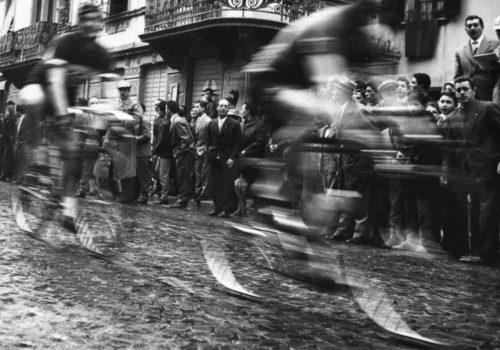Day 10
Today I’m meeting Larry Miller in one of those tower buildings that house so many treasures.
The doorman calls me “hon” and tells me the gallery is on the third floor.
I enter, and everything was quiet. I go right into the exhibition Burned by Burk Uzzle – a crazy story. I love stories…
One day, on a bike, Burk noticed an abandoned house that had been gutted by fire. He went inside. Despite the 15 years that had passed since the fire, everything seemed to be intact, unmoved. He asked to be authorized to take pictures, selected a few objects, and created a complex lighting system to immortalize the extremely fragile relics. The result is entrancing.
Larry joins me and explains how one of the book covers that Burk photographed – illegible in the picture – recently had all the dust and soot cleaned off of it. It turned out to be a biography of Princess Diana, who died the same year as the house fire.
During our discussion, Larry mentions the photographer Ray Metzker, who he discovered early in his career and whose works he has been collecting for a long time. He explains that he sold many of them and is now trying to buy some of them back – you could feel the excitement in his voice.
“Would you like me to show you the one I just recaptured?”
I’m curious, so I follow him and immediately fall in love with the photo, In the Depths. He whispers that he doesn’t show it often for fear that one of his clients might want to buy it. Not surprising.
For me this is something really special – I have been working for several years with negative strips, and Larry lets me look at work by the master of negative strips. The most impressive image is probably Maze N’ Philadelphia, a large-scale photomontage of an infinite series of stairwells and silhouettes lost in an intermingling of lines.
As Larry says, from afar, it is an abstraction, up-close, we can actually enter the picture. Amazing – like its title.
The hunt for my first print just took a giant step forward… but the game has become dangerous… According to Larry, a good collector has three key aspects: money, heart, and brain… Oh no, this is getting complicated. Of these three things, I have only one, and it is beating way too fast for my taste…
Thank you, Larry.
From his first encounter with photography to the opening of his own gallery space…
As a teenager, he hung pictures from sports magazines all over his room. He picked them out, arranged them – without knowing that he would do pretty much the same thing for the rest of his life.
He started organizing exhibitions and putting together his own photo books, often with images by Talbot.
Then he left high school and became a hippy, he says. He left behind liberal arts studies to focus on art: he majored in art history at the University of New Mexico.
Later, one of his professors helped him get his first job at the Light Gallery. He would be associate director in charge of traveling exhibitions from 1974 through 1980.
He decided to devote himself to working as a photographer, teaching at Parsons all the while. But it didn’t take long, he tells me, before he realized he wasn’t as talented as his friends – Lee Friedlander, Paul Strand, Frederick Sommer.
So he decided to stick with his first skill, and he opened his own gallery in 1983.
The first artist he represented was Val Telberg, the second, Ray Metzker.
His best memory as a gallerist…
“The best is yet to come, I hope” he breaks out laughing.
His worst memory as a gallerist…
“The worst experiences are easiest ones to forget.” He laughs again.
He quickly resumes – and tells me that he does have one very bad memory that he would like me to mention: Christian Boltanski.
Larry really loved a Boltanski show he saw at MOCA, and he organized a small exhibition with a series of prints in a book, called “Gymnasium Portfolio”.
The night of the opening, Larry – who was very excited to finally meet Boltanski – described the artist as arrogant, aggressive, and violently insulting.
Larry confides to me that he was shocked to discover the difference between Boltanski’s artistic work and the real man behind the so-called humanist artist. He was never able to take his work seriously again.
The first photograph he bought for himself, or one that has special importance in his life…
Maze ‘N Philadelphia by Ray Metzker
On his bedroom wall…
An enormous Helen Lewitt of one of her pictures of chalk graffiti.
A small painting from the Russian constructivist movement.
The most important picture is in the bathroom – a picture of him taken at a stadium between two cardboard cutouts of Magic Johnson and Kameel Abdul Jabbar. He was a big Lakers fan in the 1980’s.
If he was a renowned photographer…
“I really don’t see how I can be anyone other than myself… or perhaps Aaron Siskind because he laughed all the time. Yes, a thinner version of Aaron Siskind.”

